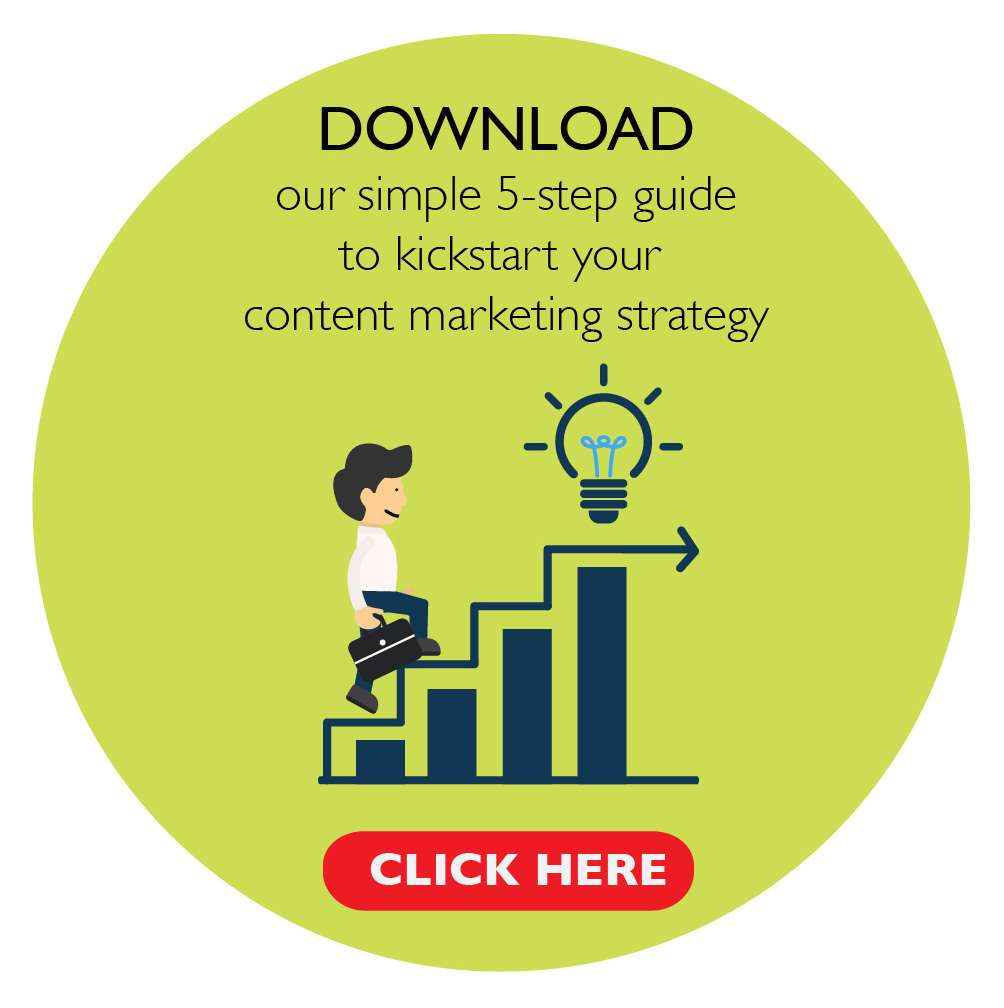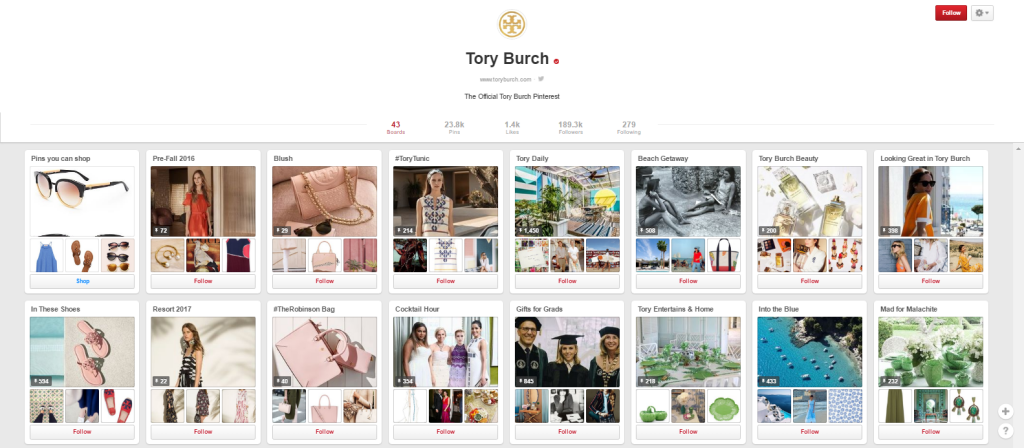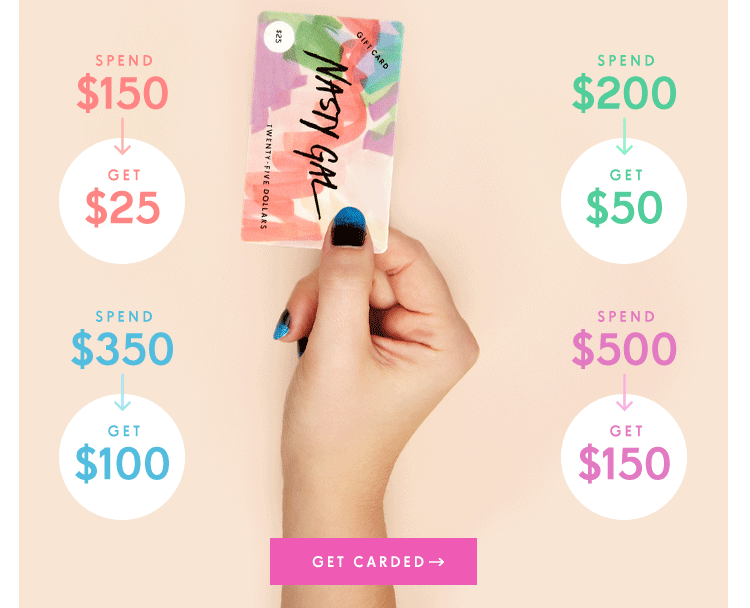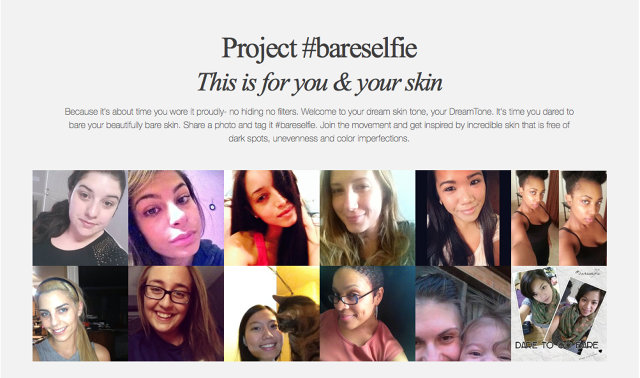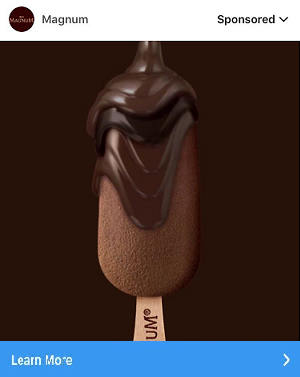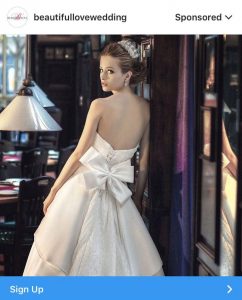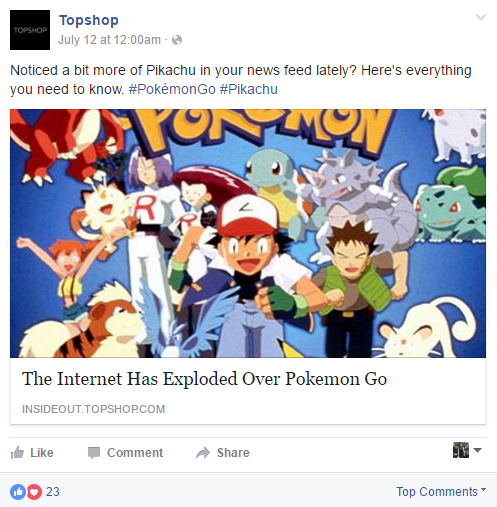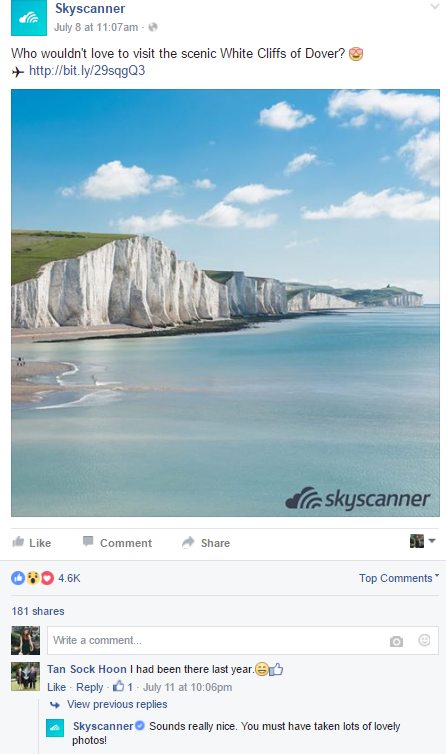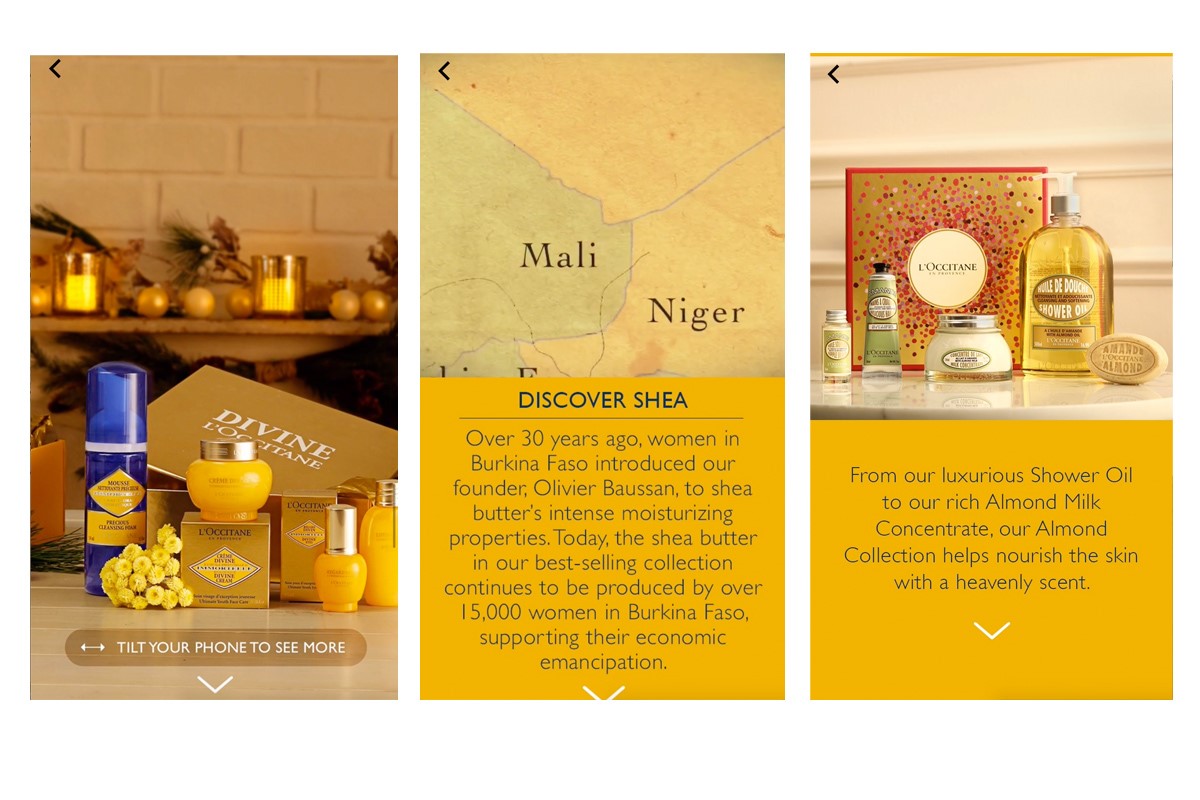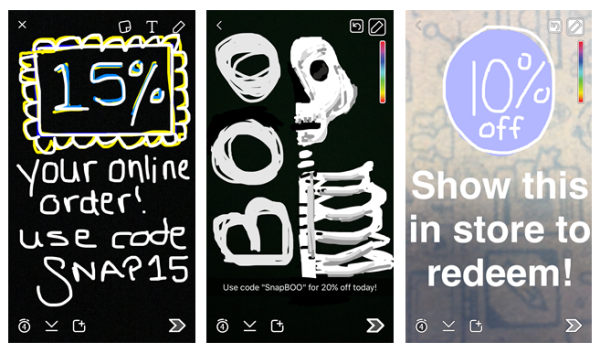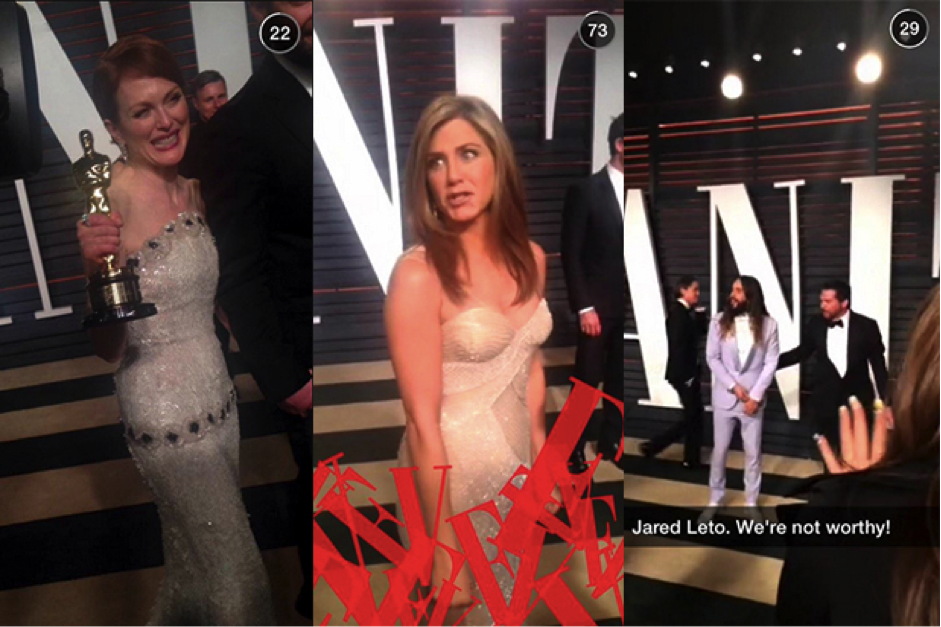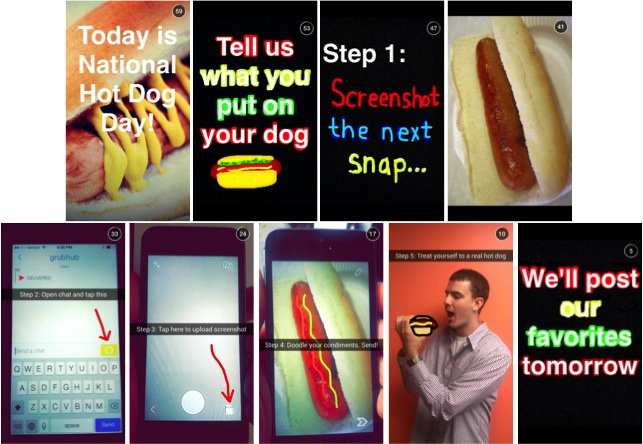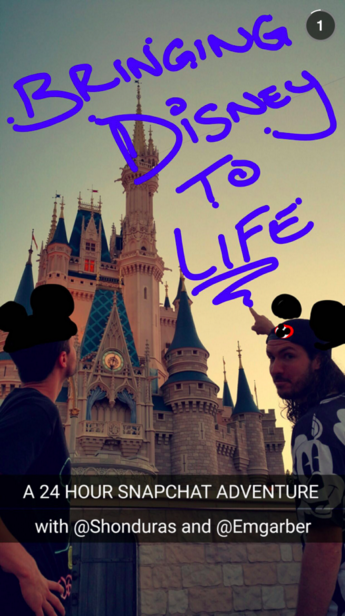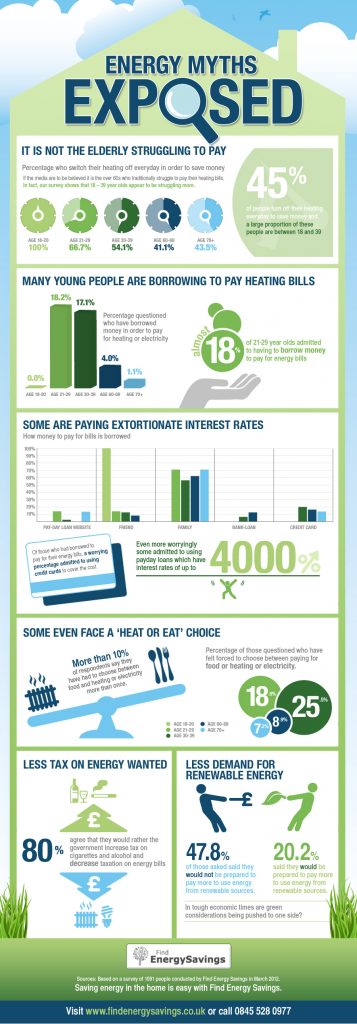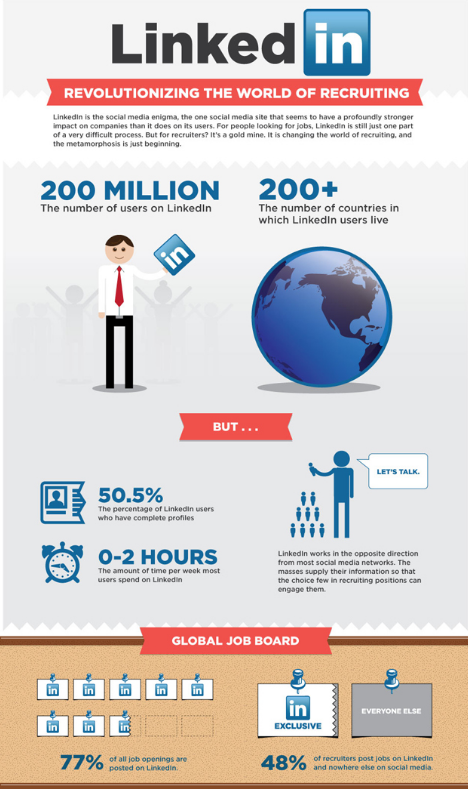It’s extremely easy for brands to build up a library of original content. The real challenge at hand is adapting that content to suit social media. In the age of short attention spans, brands need to keep up and tailor their content to suit each platform’s features or face being seen as irrelevant.
For brands, having a social media presence does not simply mean dumping the same content and format on every single social media channel possible. Doing it for the sake of it is ineffective and a waste of time and resources.
As intimidating as social media seems, brands need to craft content that fits. Results will follow when the outcome reflects consistent brand messaging and meaningful engagement with the brand’s audience.
-
When in doubt, repurpose
When posting articles on social media, always consider the fact that sometimes, less may be more. Because people are getting increasingly visual with their social media habits, brands can meet them halfway and start repurposing content instead.
Even if you’ve got a concise listicle, think about how that can be translated visually. Take a look and see what other brands have done:
HipVan remodels their blog posts into lean 5-6 images that provide a snapshot of the article’s best points. The 500×500 pixel image size gives people a full look at those images without needing them to take any extra action. On the overall, the simplicity and easy access of this format will no doubt increase the shareability on Facebook and other platforms.
Instead of posting a product link, Etch & Bolts made a visually appealing gif that summed up their new collection.
-
Size matters
Use people’s short attention spans to your advantage. Because people tend to swipe past brands very easily, it is your job to make sure you grab their attention even BEFORE they have a chance to look at the next post – this means you have about two seconds!
Get familiar with universal image sizes that work well on any platform and device. If you’re posting a photo on Twitter, make sure the size is optimised for all devices. What looks nice on desktops might look totally butchered on mobile phones.
Take a lesson from Instagram’s success – Square images/videos tend to do better on mobile displays because it takes up more space on the screen versus a landscape-oriented visual.
-
But…keep it short and sweet
If people are faced with a 300-word long caption on Facebook, chances are their thumbs have already swiped onto the next post. Keep your messages short and straight to the point. If anyone wanted to read that caption, they’d read a book.
Check out @sg_now’s example. The square image is universally friendly on all devices and the caption is snappy but let’s you in on sufficient detail.
New Japanese snacks available at 7-Eleven from Jul 18. https://t.co/rgZAgZ2Zjfpic.twitter.com/BiZdUyYrw6
— SG (@sg_now) July 15, 2016
TIP: Don’t see Twitter’s character count as a limitation, but as inspiration instead.
-
Sometimes, less may not be more
Though I’ve been preaching the ‘short and sweet’ message, there are exceptions. Take a look at Nicholas Kristof, a New York Times columnist’s Facebook post:
You’ll see that the engagement on his post is insane – 13,637 likes and 1,816 shares! Notice his caption wasn’t exactly the most concise yet he still managed to rake in the numbers.
Bottomline? This example shows that there still is a place for in-depth content on Facebook but you need to be knee-deep in your analytics to see if that’s the best way of content delivery.
Suggested read: 5 steps to measure social media success
-
Think long term
Producing viral content isn’t always the solution. Brands need to realise that not everything will go viral. Furthermore, creating content for the sake of achieving the almighty viral status ties up resources and isn’t sustainable in the long run.
Instead of spending time trying to make content go viral, focus on sustainable ways to grow and engage your audience. Brands cannot be built on viral videos but on strategies that focus on long term and sustainable growth.
Don’t see social media as another platform for you to dump all your branded content on. Take the time and see how your content can fit on a particular platform – each one’s different and will help you fulfill different objectives.
Get in touch with us at [email protected] to see how we can help you create compelling content for your social media platforms.



